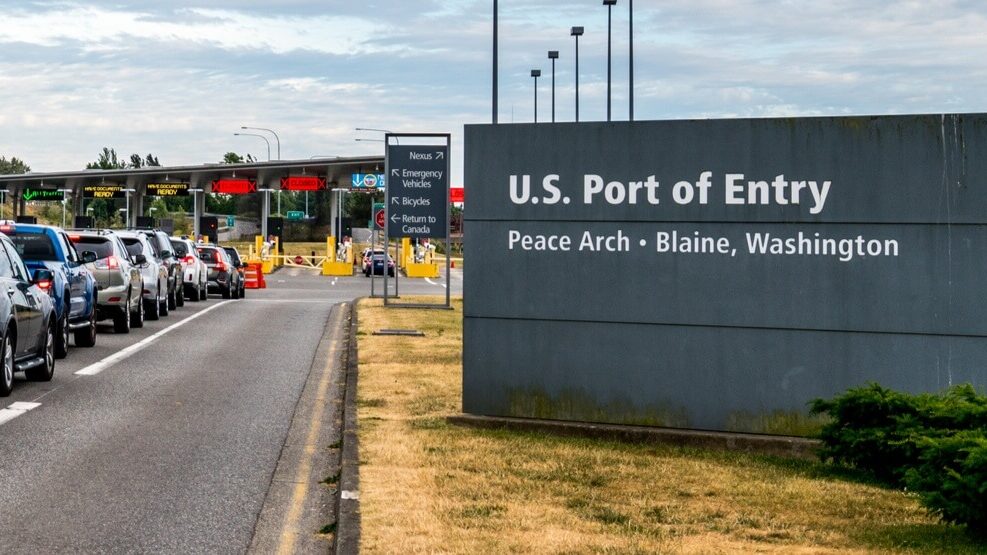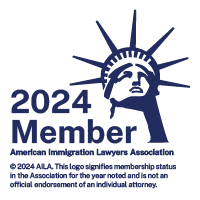
For many international travelers, arriving at a U.S. airport or land border is the final step in a long journey—but for some, it can turn into an unexpected and stressful experience. Nonimmigrant visa holders, including students, researchers, professionals, and visitors, are reporting increased scrutiny at ports of entry in 2025. Knowing your rights and how to respond if you are detained by U.S. Customs and Border Protection (CBP) is essential.
All noncitizens entering the U.S. undergo initial inspection by CBP. If questions arise or there’s a need for additional review, you may be referred to secondary inspection. This referral doesn’t mean you’ve done anything wrong. It simply means officers need more time or information to verify your admissibility.
During secondary inspection, officers may:
- Ask detailed questions about your visa, purpose of travel, and immigration history
- Collect fingerprints and run background checks
- Review your baggage
- Examine your phone, laptop, or social media profiles
You may be held for minutes—or several hours. While you do not have a guaranteed right to legal representation during inspection, asking to contact an immigration attorney cannot be used against you, and we encourage you to do so if you’re unsure of your rights.
Your Rights at the Port of Entry
According to guidance from AILA (May 2025), as a visa holder in secondary inspection, you have the right to:
- Ask to speak to an attorney, even if CBP says it’s not allowed
- Request an interpreter if you are not fluent in English
- Review and refuse to sign any documents you don’t understand
- Receive copies of anything you’re asked to sign, such as Form I-867A/B
- Avoid answering inappropriate questions about religion or political views—ask for a supervisor if this occurs
- Keep a record of everything: officer names, questions asked, your responses, and what documents you were given
📱Note: CBP can search your devices and may even retain them temporarily if you don’t provide passwords. There is limited expectation of privacy during this process.
If CBP determines you are not admissible, you may be offered the option to “withdraw your application for admission”—a better alternative to expedited removal, which comes with a five-year reentry bar. Reasons for inadmissibility might include:
- Signs of intending to stay permanently (when your visa type doesn’t allow it)
- Past visa violations or misrepresentations
- Alleged fraud or illegal activity
In cases like these, your best protection is preparation and professional legal support.
How to Prepare Before Traveling
If your visa is valid, that doesn’t guarantee admission. To minimize risk:
- Avoid international travel on weekends—arrive between 9 AM and 5 PM, Monday–Friday
- Bring supporting documents that explain your visa purpose (e.g., I-20, employment letters, itinerary)
- Consult an immigration attorney if:
- You’re from a country with sanctions or a travel ban
- You’ve studied or worked in sensitive technology areas
- Your past immigration history is complex
Detention at the port of entry does not mean you’ve done something wrong, but knowing how to respond can make all the difference. Be polite, truthful, and assert your rights when necessary. Most importantly, be proactive. If you’re concerned about upcoming travel or have had a previous encounter with CBP, consult an attorney before you fly.
At Zhang-Louie PLLC, our team helps nonimmigrant visa holders prepare for successful entries into the U.S. and respond to unexpected issues at the border. We stay up to date on CBP protocols and work to ensure your rights are protected every step of the way.
GET IN TOUCH

